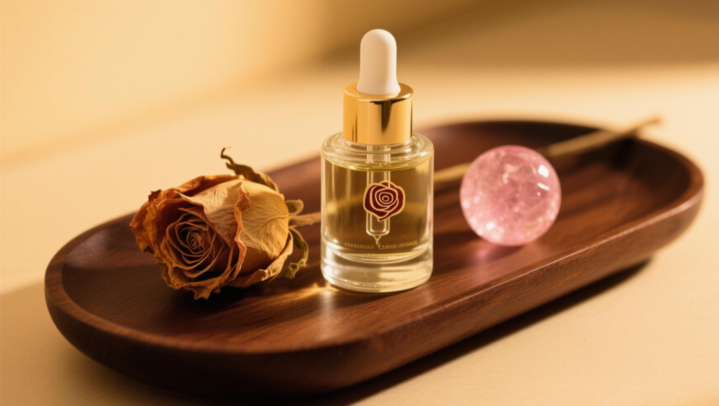2025-04-28
This article explains what essential oils are, detailing their extraction methods and introducing five main types: citrus, floral, herbal, woody, and resin oils. Each type is described with examples, characteristics, and common uses, helping readers understand how to select appropriate oils for various purposes.
Details
Essential oils are concentrated, aromatic compounds extracted from various plant parts such as flowers, leaves, stems, roots, or peels. These volatile substances capture the plant's scent and flavor, or "essence," and have been used for centuries in aromatherapy, cosmetics, and traditional medicine. The extraction process typically involves steam distillation, cold pressing, or solvent extraction, depending on the plant material.
Main Types of Essential Oils
1. Citrus Oils
Citrus essential oils, derived from fruits like oranges, lemons, grapefruits, and tangerines, are known for their bright, uplifting scents. Extracted mainly through cold pressing of the peels, these oils are rich in limonene, a compound with potential antioxidant properties. Popular for boosting mood and enhancing focus, citrus oils like lemon oil are also used in household cleaning products for their natural antibacterial effects.
2. Floral Oils
Floral oils come from blossoms such as roses, lavender, jasmine, and ylang-ylang. Steam distillation is commonly used for their extraction, though some delicate flowers like rose require solvent extraction (producing absolutes). These oils are prized for their calming and romantic aromas. Lavender oil, in particular, is widely recognized for promoting relaxation and improving sleep quality, while rose oil is often used in high-end perfumes and skincare for its moisturizing benefits.
3. Herbal Oils
Herbal essential oils are extracted from herbaceous plants like peppermint, rosemary, eucalyptus, and tea tree. Peppermint oil, derived from mint leaves via steam distillation, is famous for relieving headaches and enhancing mental clarity. Eucalyptus oil, with its invigorating scent, is frequently used in respiratory remedies to ease congestion. Tea tree oil stands out for its powerful antimicrobial properties, making it a staple in natural hygiene products.
4. Woody Oils
Woody oils come from tree barks, woods, or roots, including sandalwood, cedarwood, and pine. These oils have warm, earthy aromas and are often used in perfumery as base notes. Sandalwood oil, extracted from the heartwood of sandalwood trees, is valued for its soothing and meditative effects. Cedarwood oil, with its rich scent, is popular in hair care products and can help repel insects naturally.
5. Resin Oils
Resin oils are obtained from the sap or resin of trees, such as frankincense and myrrh. These oils are extracted through steam distillation of the dried resin. Frankincense oil has a grounding, spicy aroma and is used in spiritual practices and skincare for its anti-aging properties. Myrrh oil, with a warm, balsamic scent, has historical uses in traditional medicine for wound healing and oral health.
Understanding different essential oil types allows users to choose the right oils for their specific needs, whether for relaxation, wellness, or creative applications. Always remember to dilute essential oils properly before topical use and consult a professional for therapeutic purposes.

